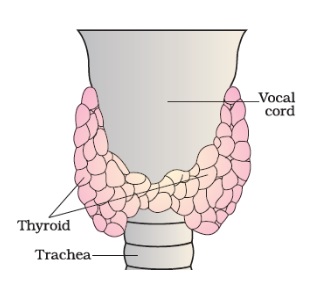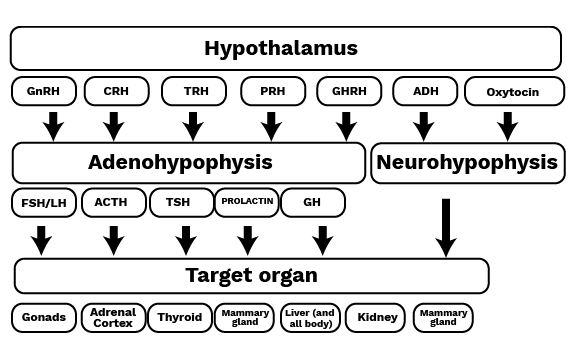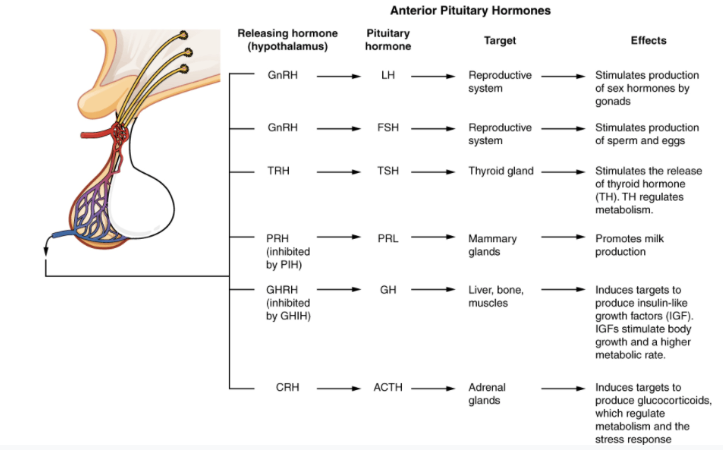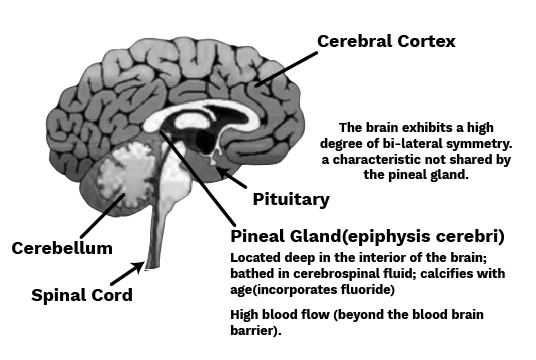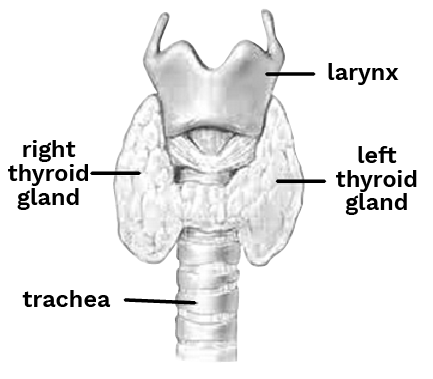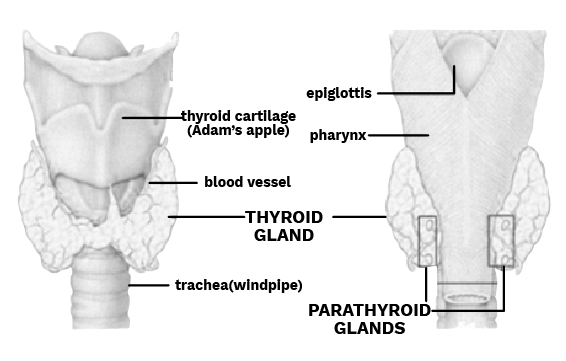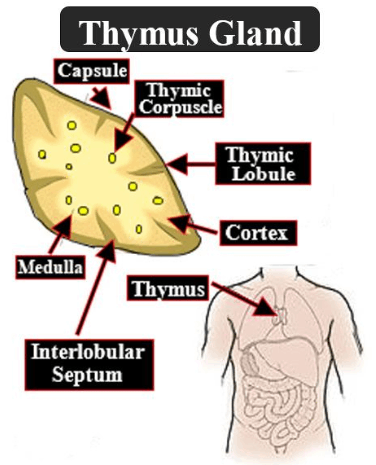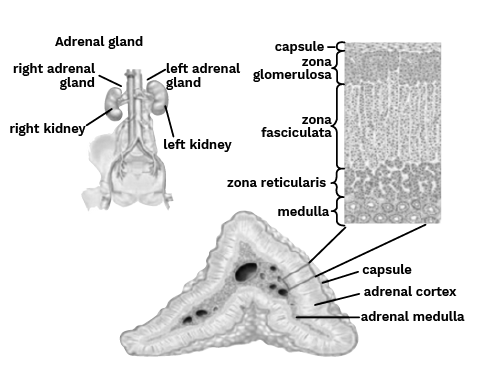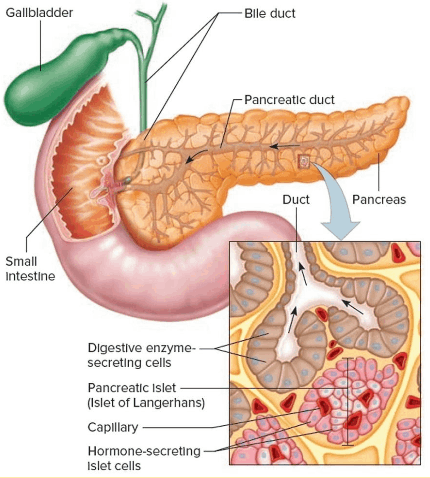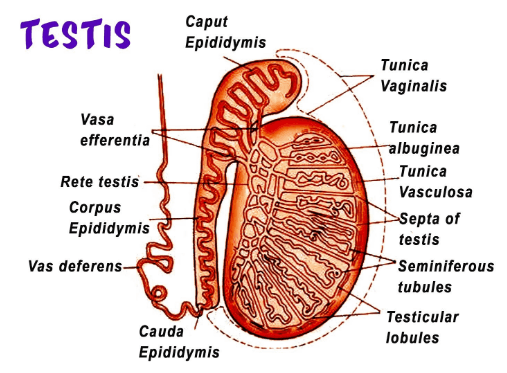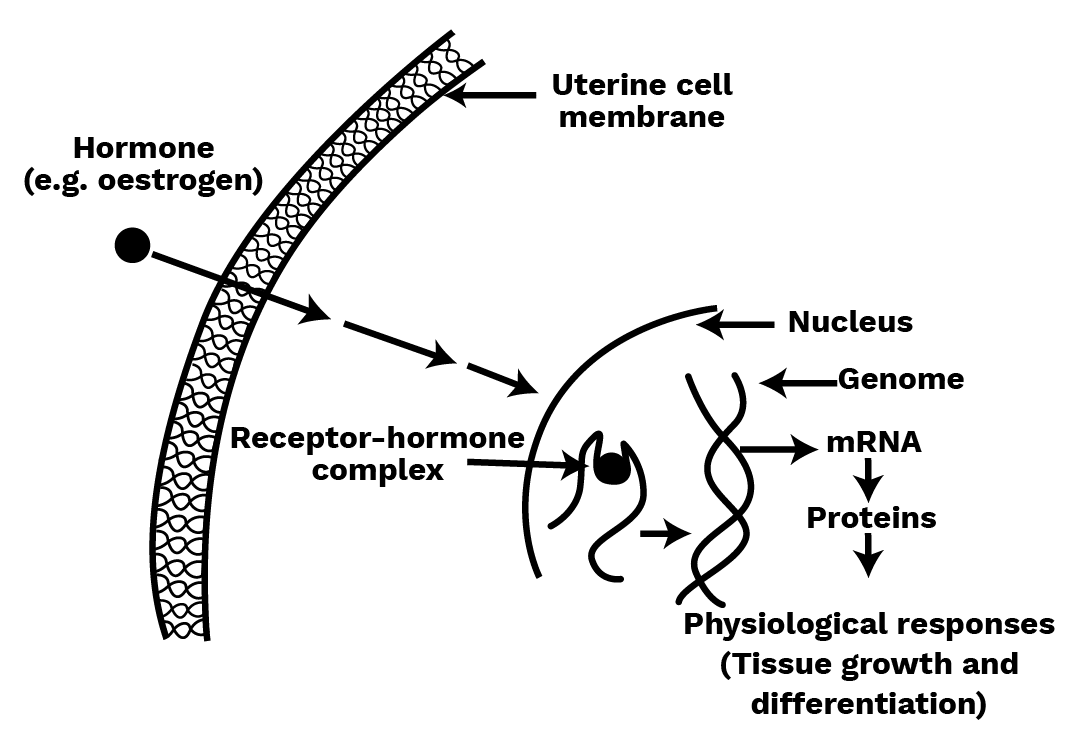Class 11 Biology Chapter 19 Chemical Coordination And Integration Notes PDF- FREE Download
FAQs on Chemical Coordination And Integration Class 11 Notes: CBSE Biology Chapter 19
1. Why is Oxytocin Called ‘Birth Hormone’?
During childbirth, the contraction of smooth muscles of the uterus is caused by the hormone. Hence, it is called ‘birth hormone’.
2. Which is the Gland that Functions as a Biological Clock in our Body Where it is Located? Name its One Secretion.
The pineal gland works as a biological clock in our body. It is found on the dorsal side of the forebrain. It secretes melatonin.
3. What are the functions of glucagon covered in Chapter 19 Chemical Coordination and Integration of NCERT Solutions for Class 11 Biology?
The functions of glucagon are:
To maintain a normal blood glucose level and prevent its level from dropping too low, glucagon is very important.
To help in the conversion of glycogen to glucose, glucagon acts on hepatocytes.
And not just, it also helps in gluconeogenesis phenomena which refers to the conversion of non-carbohydrate particles like fats and proteins to glucose.
It helps in breaking down stored fat into fatty acids for the cells to use as fuel.
4. Differentiate between hormones and pheromones.
Hormones:
The chemicals which are released by the endocrine glands are known as hormones.
Biological changes in the body result in hormones
The manifestation of the individual self is the biological changes.
Hormones are released into the bloodstream.
Pheromones:
The chemicals which are released by the exocrine glands are known as pheromones.
Behavioural and developmental changes result in pheromones.
Changes occur after the perception of these by the members of the same species.
Pheromones are released into the environment.
5. Where can I download the NCERT notes and solutions of Chapter 19 Chemical Coordination of CBSE Biology Class 11?
Students can download the NCERT revision notes and solutions for CBSE Biology Class 11 Chapter 19 from the Vedantu platform. All the notes and solutions are created according to the CBSE guidelines by the subject experts of the Vedantu who have vast experience in the field. These notes and solutions are crucial for the students in preparation for their exams. They also help in saving student’s time during exams.
These solutions are available on Vedantu's official website (vedantu.com) FREE of cost.
6. What is Chapter 19 Chemical Coordination of CBSE Biology Class 11 about?
The chapter Chemical Coordination and Integration talks about the importance of various glands like exocrine glands. These glands are responsible for releasing their secretions into the ducts and later, carried either to the body surface or to specific body organs. This chapter focuses on the importance of control and coordination and also how they are done by the neural system and endocrine systems. The functions and structure of chemical coordination and integration are explained using diagrams, formulas, and easy-to-understand text.
7. Which website provides the best solutions and notes for Chapter 19 Chemical Coordination of CBSE Biology Class 11?
Students can visit the Vedantu website for accurate solutions and notes for the NCERT Class 11 Biology Chapter 19. Vedantu provides complete notes and solutions in an easy language solved by the expert biology faculty. Vedantu makes the students' work easier as they provide solutions for all the questions present in the Class 11 Biology textbook. All the solutions are framed by keeping in mind the CBSE Board guidelines.
8. How does Vedantu's Chemical Coordination And Integration Notes PDF simplify complex topics?
Class 11 Biology Chapter 19 Notes break down difficult concepts into easy-to-understand language, supported by diagrams and bullet-point summaries.
9. How do hormones regulate metabolism?
Hormones like thyroxine and insulin regulate metabolism by controlling energy production, glucose levels, and fat storage in the body.
10. Why are Chemical Coordination And Integration Class 11 Notes important?
Chemical Coordination And Integration Class 11 Notes simplify complex topics and help students understand how the endocrine system maintains homeostasis, preparing them for exams with clear explanations and helpful diagrams.























